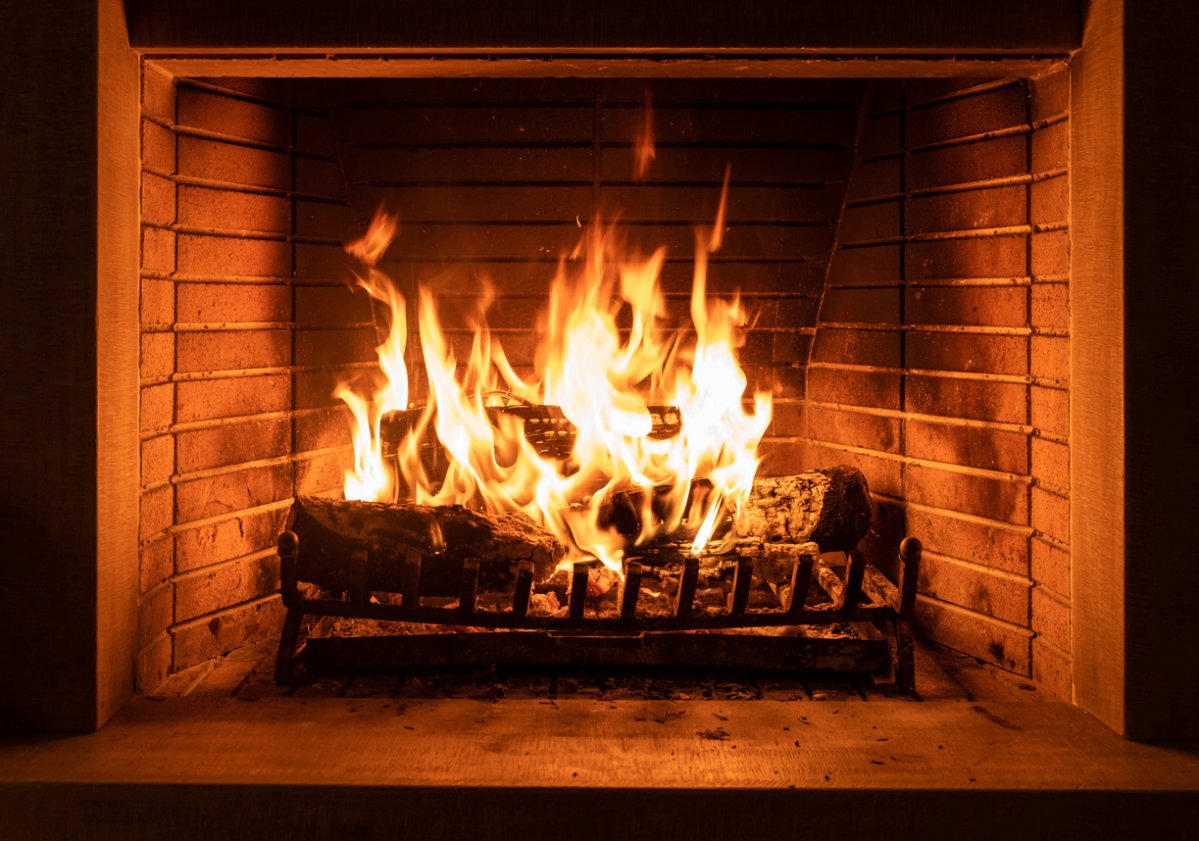

We may earn revenue from the products available on this page and participate in affiliate programs. Learn More ›
Thanks to modern heating technologies, homeowners today no longer have to rely on fire for heat. But that doesn’t mean a crackling fire in the fireplace isn’t a wonderful antidote to a cold evening, and more and more are embracing this cozy heating method. According to the U.S. Census Bureau, the number of fireplaces built in single-family homes has been steadily increasing over the last decade. And Verified Market Research says the wood stoves market size was valued at $8.6 billion in 2023 and projected to reach $14.9 billion by 2030.
Be smart, however, about what you toss on the fire; some combustibles can cause immediate danger, such as serious respiratory reactions, or contribute to long-term problems, such as creosote buildup, which can lead to chimney fires.
1. Treated or Coated Wood
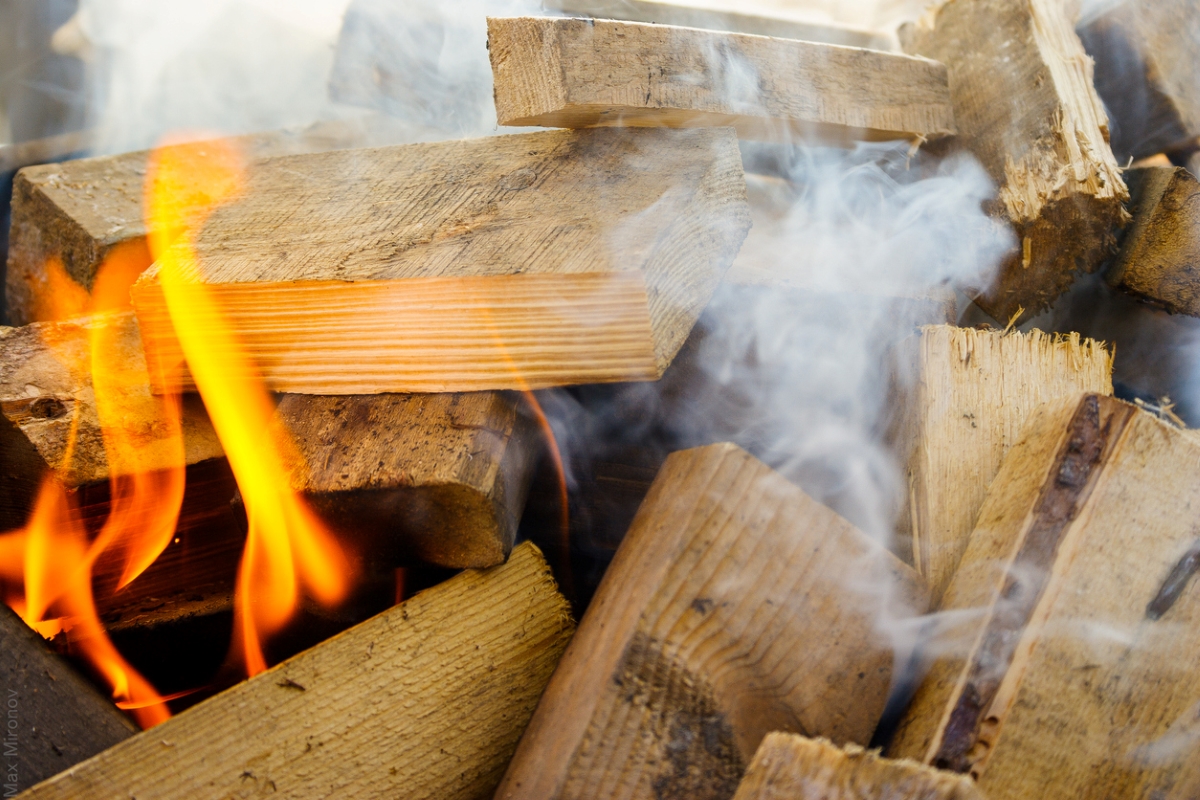
When you burn coated or pressure-treated wood, toxic chemicals can be released into the air you breathe. For example, wood treated to withstand rot or insects used to contain a form of arsenic, and painted, stained, or varnished woods contain other chemicals—and all these chemicals create toxic fumes when burned. Nix on plywood, too, because adhesives applied during manufacturing release toxic fumes when burned.
Treated lumber often has a stamp or a tag on it to indicate it’s been altered, but of course, those might be missing from scrap lumber. Look for a green or blue tint or an oily feel—or simply err on the side of caution and refrain from burning any lumber in your fireplace.
2. Cardboard
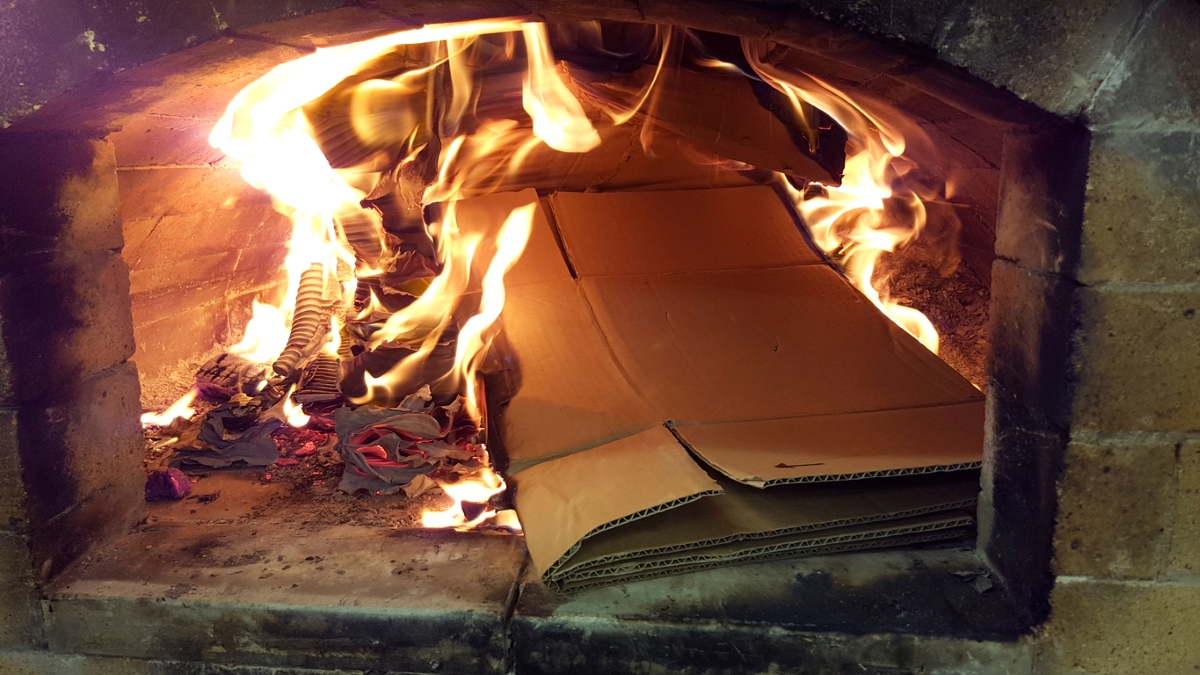
Small recyclables are often used to start a roaring fire because they usually catch fire quickly. The next time you need to get a fire going, however, don’t use cardboard (including pizza boxes and cereal boxes), which is often treated with chemicals, dyes, and glues. Additionally, burning cardboard bits can often float out of the fire and onto your carpet or furniture. Instead, use approved fire starters, available from camping-supply stores, or small splinters of wood, chipped with an ax from your stock of seasoned firewood.
RELATED: 11 Mistakes You Should Never Make With Your Fireplace
3. Lighter Fluid
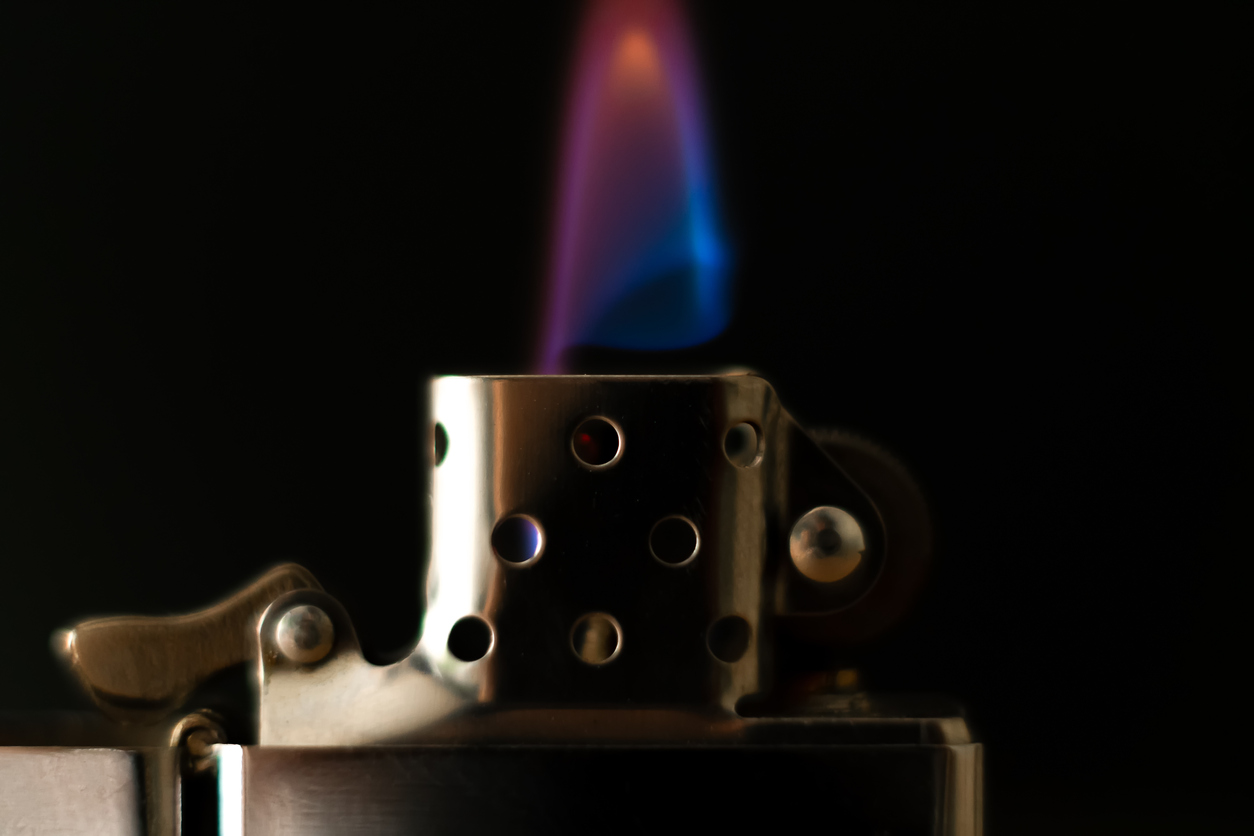
Never use lighter fluid, charcoal starter fluid, or any other type of accelerant to start a fire in a fireplace. These products should not be used to fuel an indoor fire, in part because they often contain methanol and petroleum-based chemicals that produce toxic fumes. In addition, the use of accelerants creates an extra-hot fire that can damage your chimney liner.
RELATED: The Best Fire Logs for Long-Lasting Ambience, Tested
4. Magazines and Colored Paper
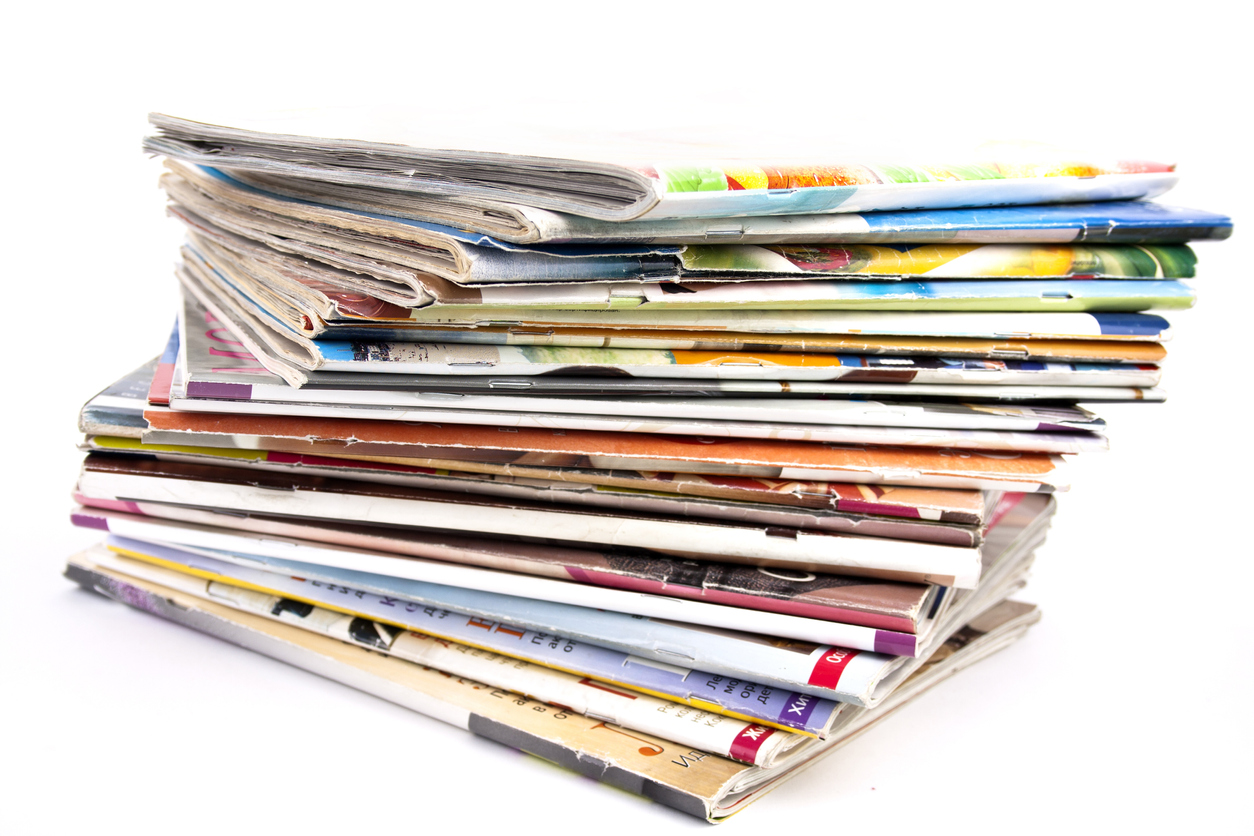
The inks used to create colorful magazine layouts contain chemical pigments that release toxic fumes when burned. You may instead use a couple of sheets (not more) of plain black-and-white newspaper, rolled tightly and placed beneath small bits of wood kindling, but don’t toss magazines, gift wrap, or coupon inserts into the fireplace. Not only do these items create unwanted fumes, but bits of burning paper can float up and out of an uncapped chimney, putting your roof and nearby structures at risk of fire.
RELATED: The Best Creosote Removers to Keep Your Chimney Clean
5. Wet Firewood
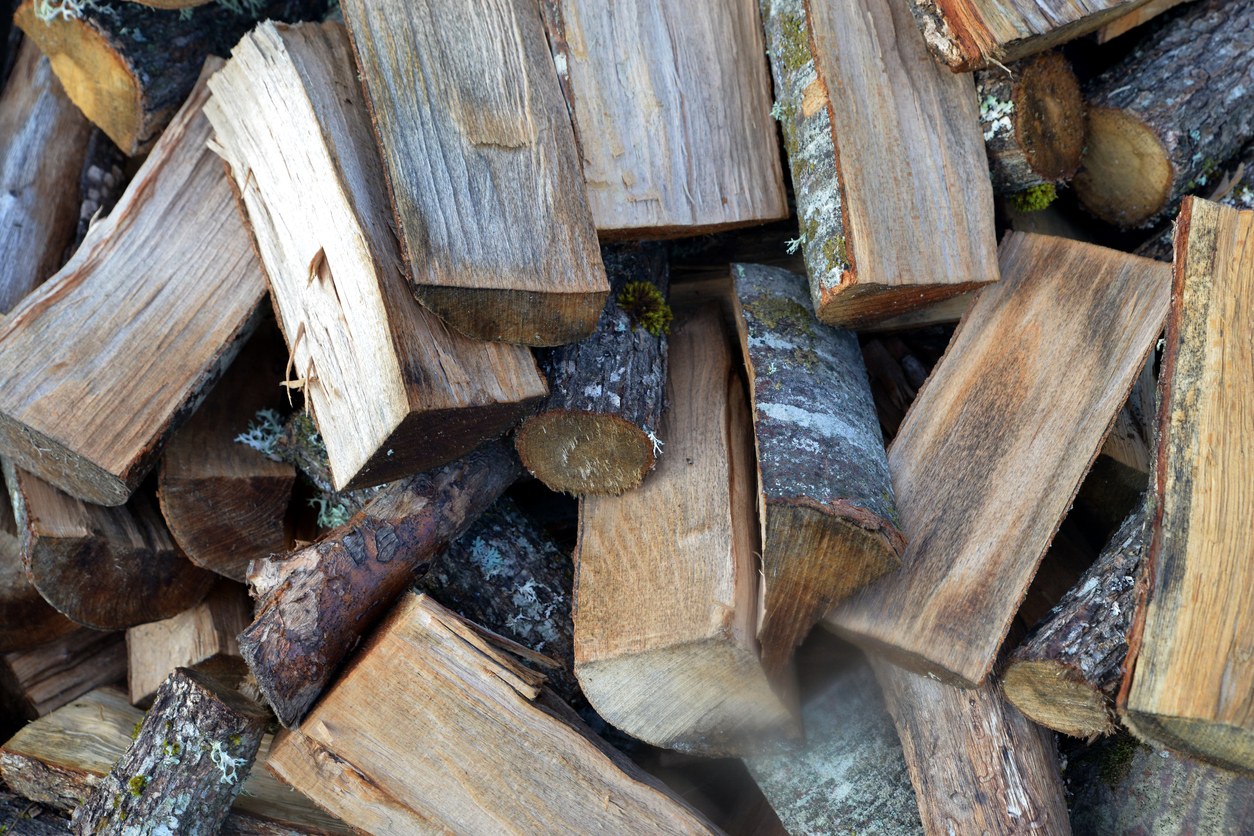
The best thing you can do to make sure your firewood is always fireplace-ready is to keep it dry. For starters, dry wood is easier to light than damp wood. Even more important, the moisture in wet firewood makes it smoke and leads to rapid creosote buildup in the chimney liner. In fact, creosote buildup is a leading cause of chimney fires. While you can’t completely avoid creosote, you can reduce the risk of buildup by burning only dry firewood and having your chimney cleaned annually.
RELATED: The Best (and Worst) Types of Wood for Burning in the Fireplace
6. Brushwood
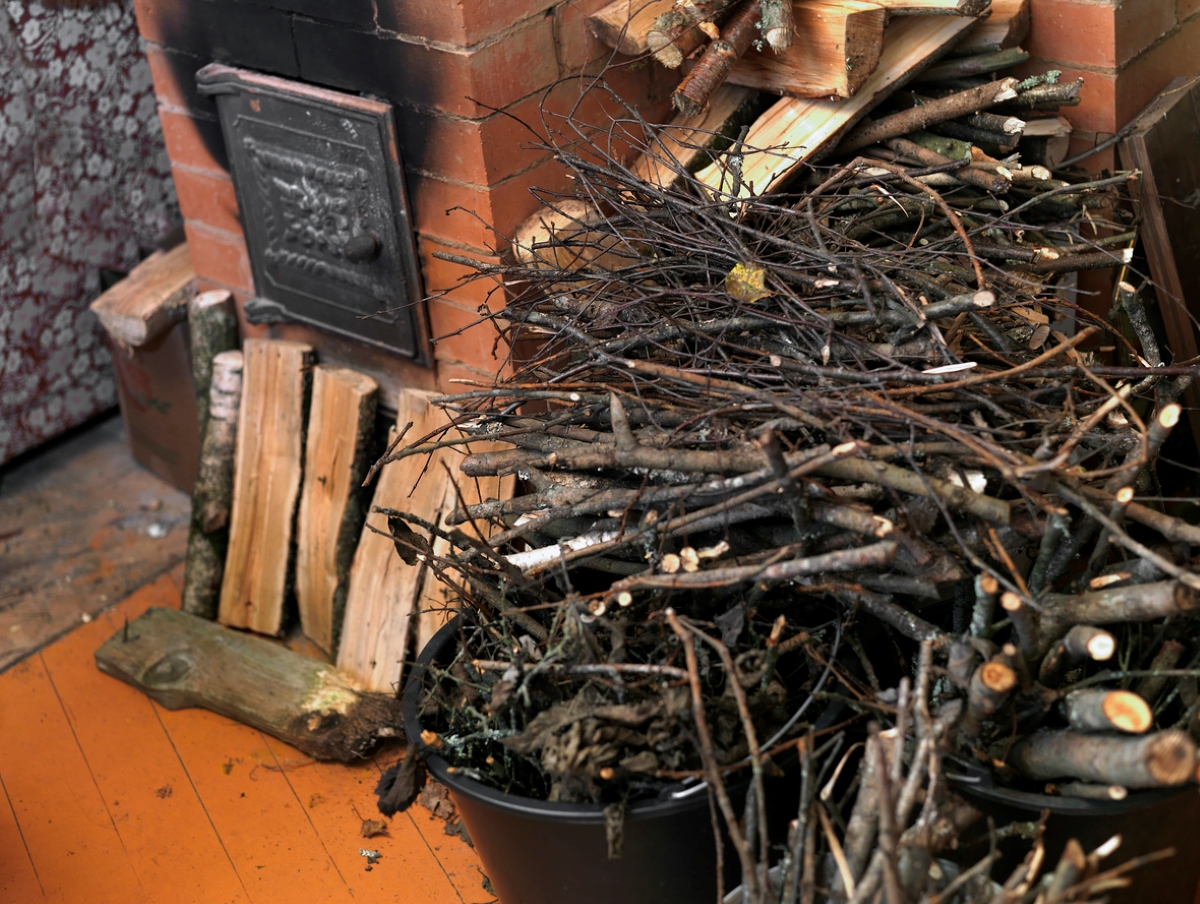
You wouldn’t intentionally roll around in a patch of poison oak, but you’ll put your whole family at risk if you burn the woody vines from poison sumac, poison ivy, or plants that contain urushiol, a toxic irritant that causes rashes on contact. In winter, when plants lose their leaves, it can be difficult to tell if you’re gathering harmless vines or poisonous ones, so take precautions by avoiding anything you can’t identify. The reason? Fumes from burning plants that contain urushiol can trigger serious allergic respiratory reactions.
RELATED: The Best Wood-Burning Fireplace Inserts for Warmth and Efficiency
7. Evergreen Wood
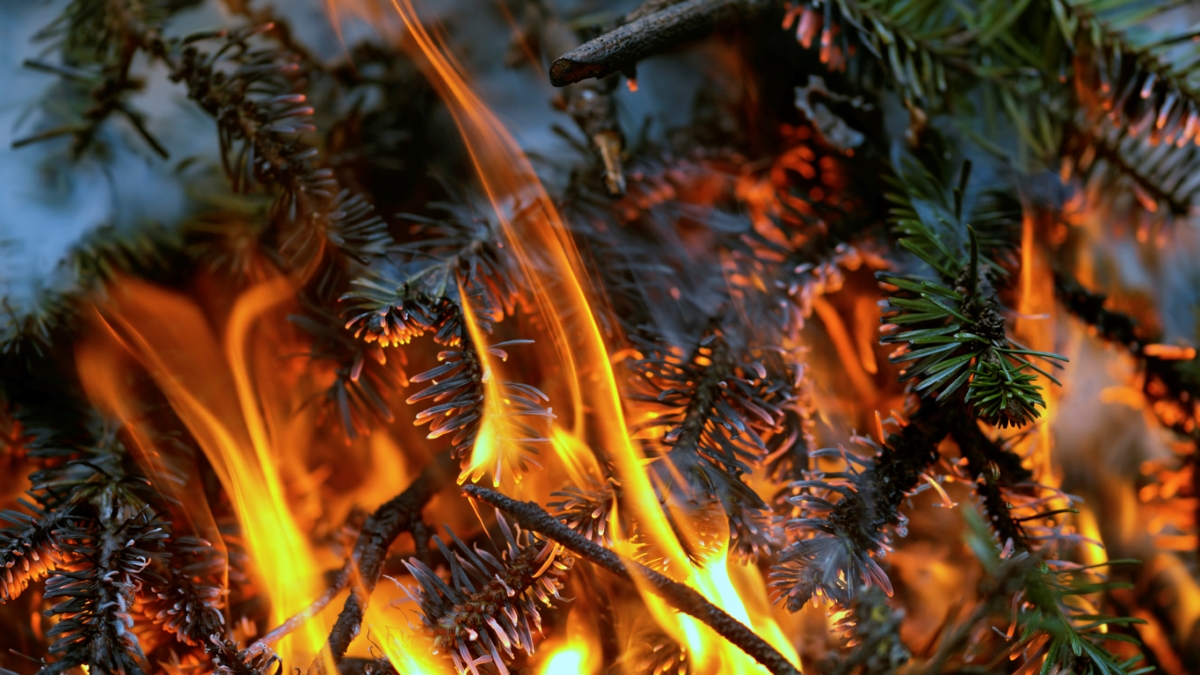
Evergreen trees, such as pine, spruce, and cedar (yes, even your old Christmas tree), contain resins that catch fire quickly and produce a hot flame. While this might sound good, these trees burn so fast that the fire will fizzle out quickly, and their high resin content can leave heavy creosote deposits in your chimney, which can over time lead to chimney fires.
8. Wood Pallets
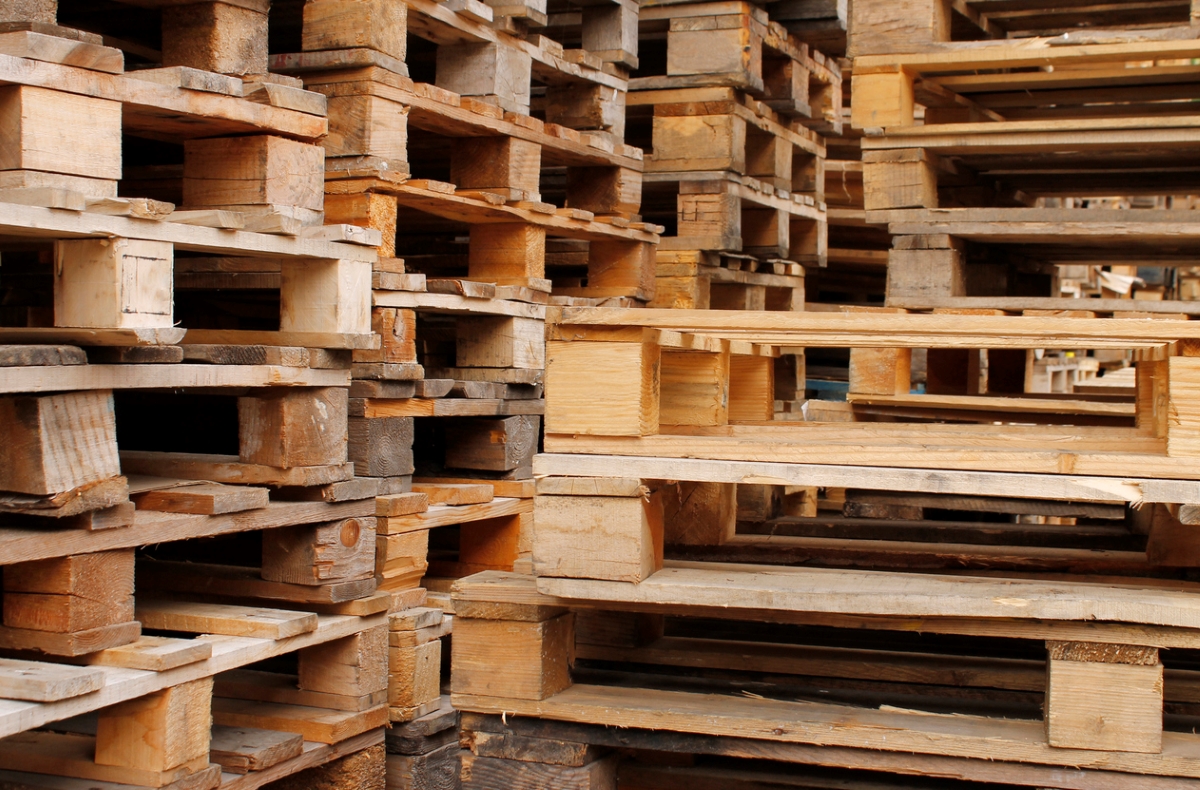
Finding a way to repurpose wood shipping pallets is a great idea—just don’t burn them. Discarded shipping pallets are popular materials for resourceful DIYers and crafters, but many pallets have been treated with the chemical pesticide methyl bromide to prevent the spread of the emerald ash borer, a beetle that wreaks havoc on living ash trees. Never burn a pallet that bears the stamp “MB,” which indicates that it has been treated with chemicals. Even if you don’t see a stamp, it’s probably safest to avoid burning pallets altogether.
RELATED: 16 Insanely Clever Ways to Reuse Household Junk
9. Driftwood
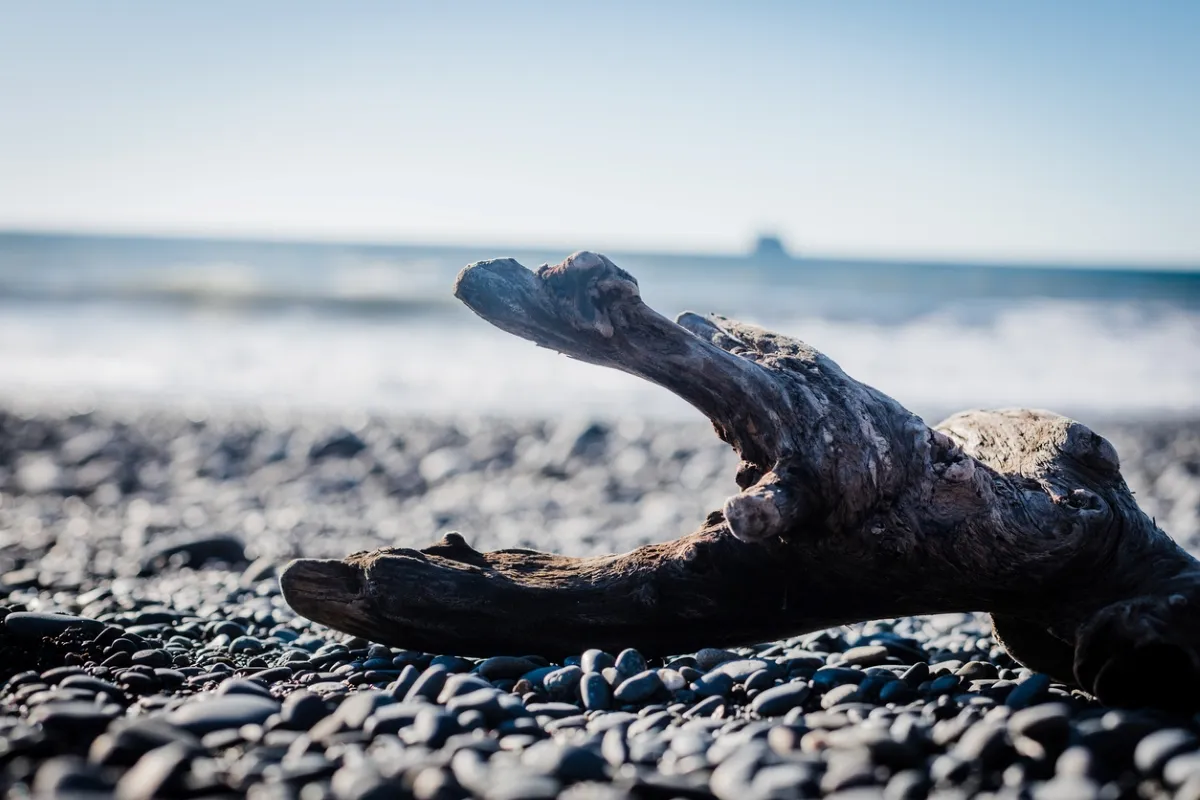
If you’ve ever attended a beach party where driftwood was burned, you probably oohed and aah-ed at the beautiful lavender-blue flames. Those colorful flames are produced by metal salts that the wood absorbed while it was adrift, and, unfortunately, the fumes from those flames are toxic. Many seaside communities have banned the burning of driftwood for just that reason, so follow their lead and don’t burn wood that you’ve gathered on the beach in your fireplace.
10. Trash
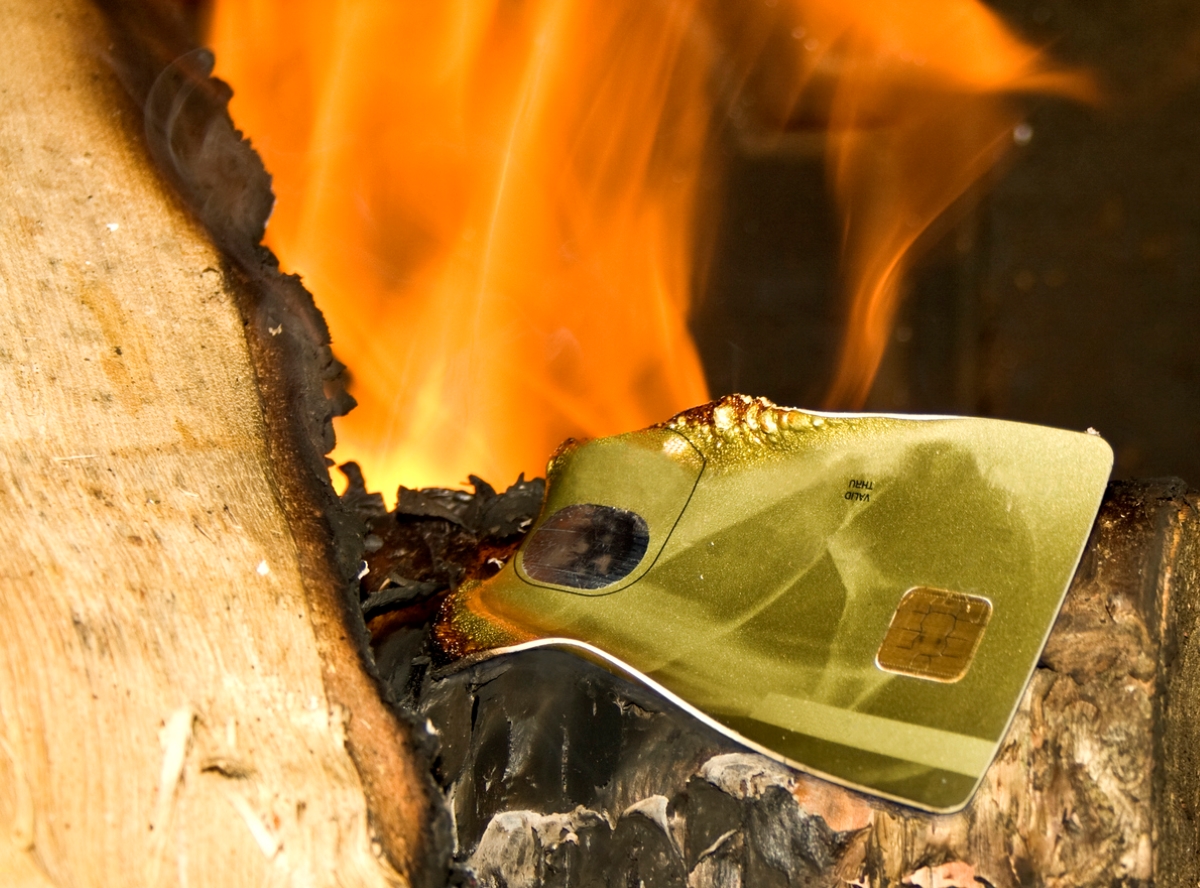
Many people do it: toss an empty plastic-foam cup or a used paper plate on an open fire. If you’ve fallen into the habit, stop now: Most consumer products contain chemicals that produce hazardous fumes when burned. What’s worse? Some of the most toxic trash items contain plastic, which releases a category of toxins known as dioxins. Inhaling dioxins increases the risk of respiratory ailments, headaches, internal organ damage, and even cancer. And as we said before, lightweight bits of burning material can float out of the fireplace and onto surfaces in your home—not good!
11. Leaves
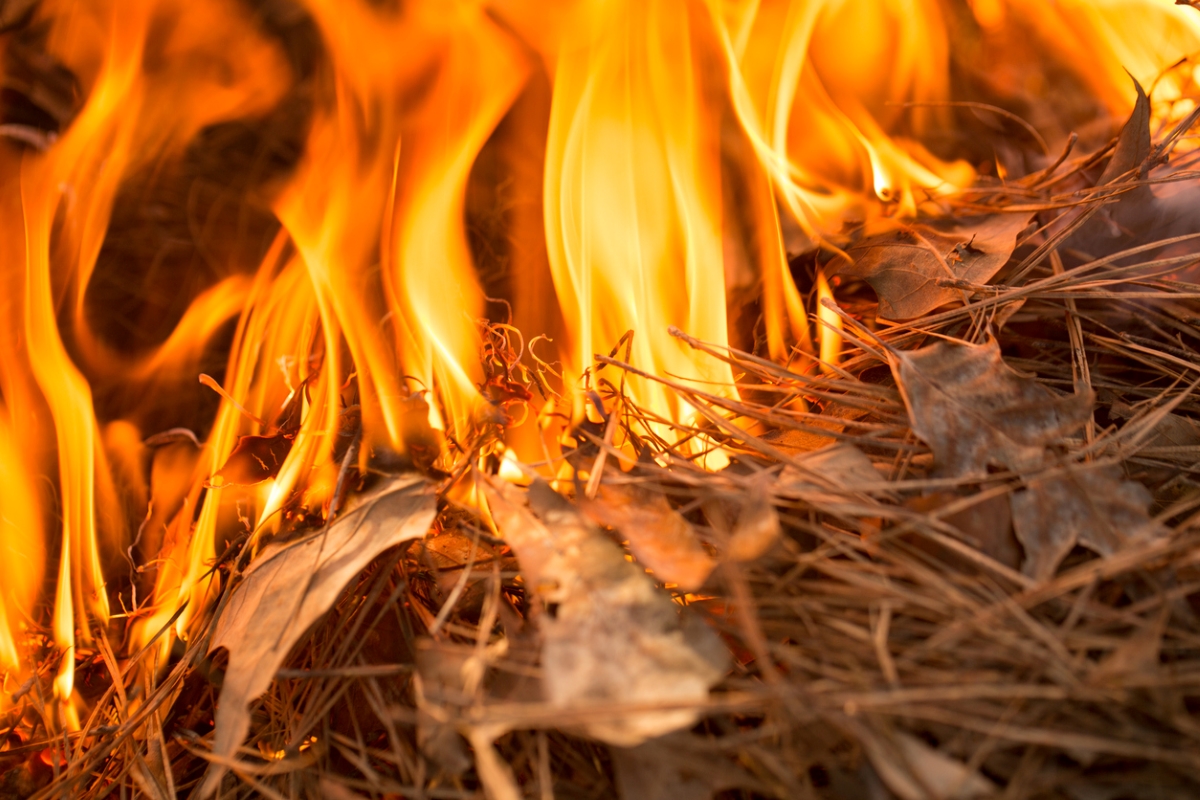
Starting a fire at home with a base of dried leaves might seem like an okay idea, but it’s not. First, leaves burn very quickly and hot. This sudden and extreme change in temperature can crack chimney flues and masonry, which is why it’s best to get your fireplace going with a chimney starter instead. Wet leaves will do the opposite, burning slowly while smoldering and creating a ton of smoke. That smoke generates creosote buildup, which can cause chimney fires.
12. Fresh Fruit Peels
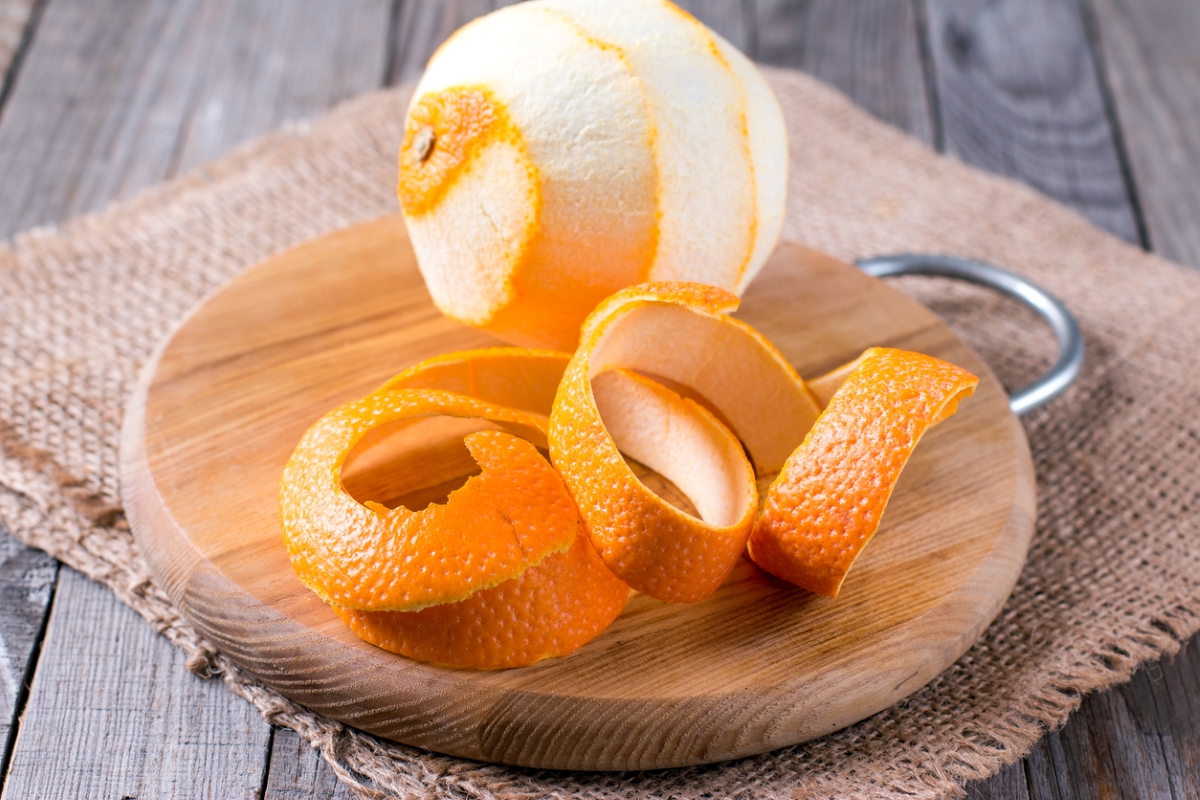
Many folks like adding scents to their fireplace, opting for the fresh aromas of oranges, lemons, apples, and the like. The problem is that fresh, moist fruit peels will smolder in a fire, and lead to abundant smoke and creosote buildup. A better course of action is to dry your fruit peels at a low temperature in the oven, and then toss them on your fire. You’ll still get a fresh scent, but not the moisture.
RELATED: 20 Crazy Cleaning Tips That Actually Work
13. Batteries
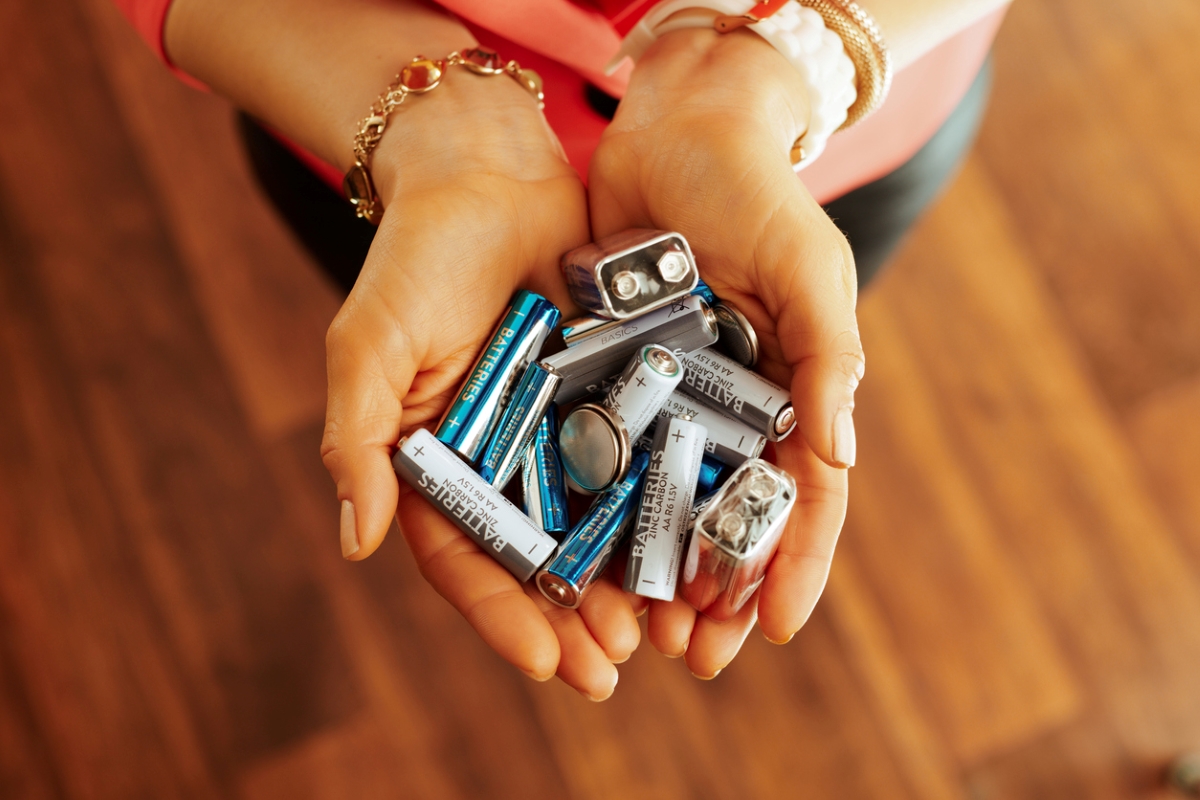
Believe it or not, decades ago magazine ads actually encouraged homeowners to burn batteries in their fireplaces because burning zinc was believed to prevent creosote formation (burning batteries also resulted in a rainbow of beautiful colors). While that might’ve been true, modern batteries will explode under extreme heat and potentially cause severe chemical burns. Beyond the potential burns, fumes from burning chemicals are also poisonous. Instead, it’s best to dispose of batteries the right way.
14. Fabric
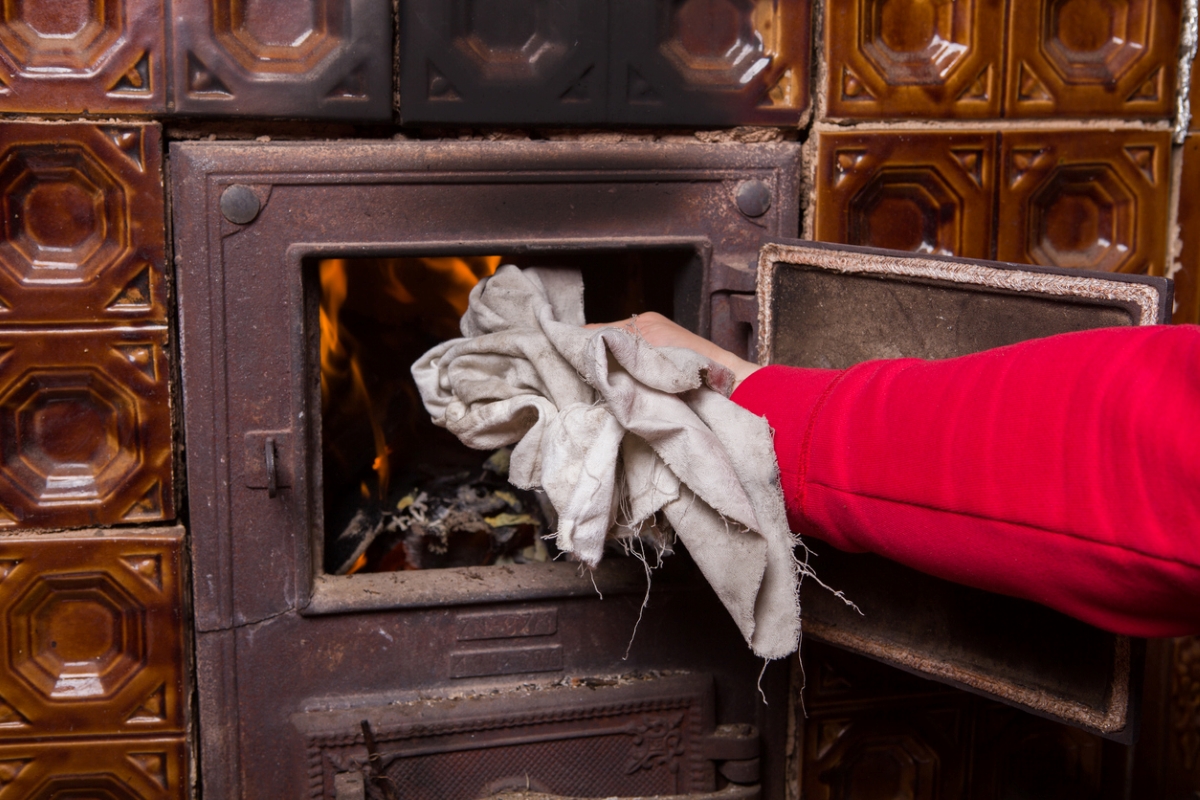
It might seem like a good idea to throw old T-shirts, rags, and other fabric in a fireplace to start a fire, but you’d be wrong. Cloth and clothing will create a nasty smell as well as a ton of smoke as it smolders. That smoke will coat the inside of the chimney with creosote, which can cause chimney fires. A better course of action is to pack those old shirts up and drop them off at the local homeless shelter or SPCA.
RELATED: How to Get Your Fireplace Ready for Winter
15. Charcoal
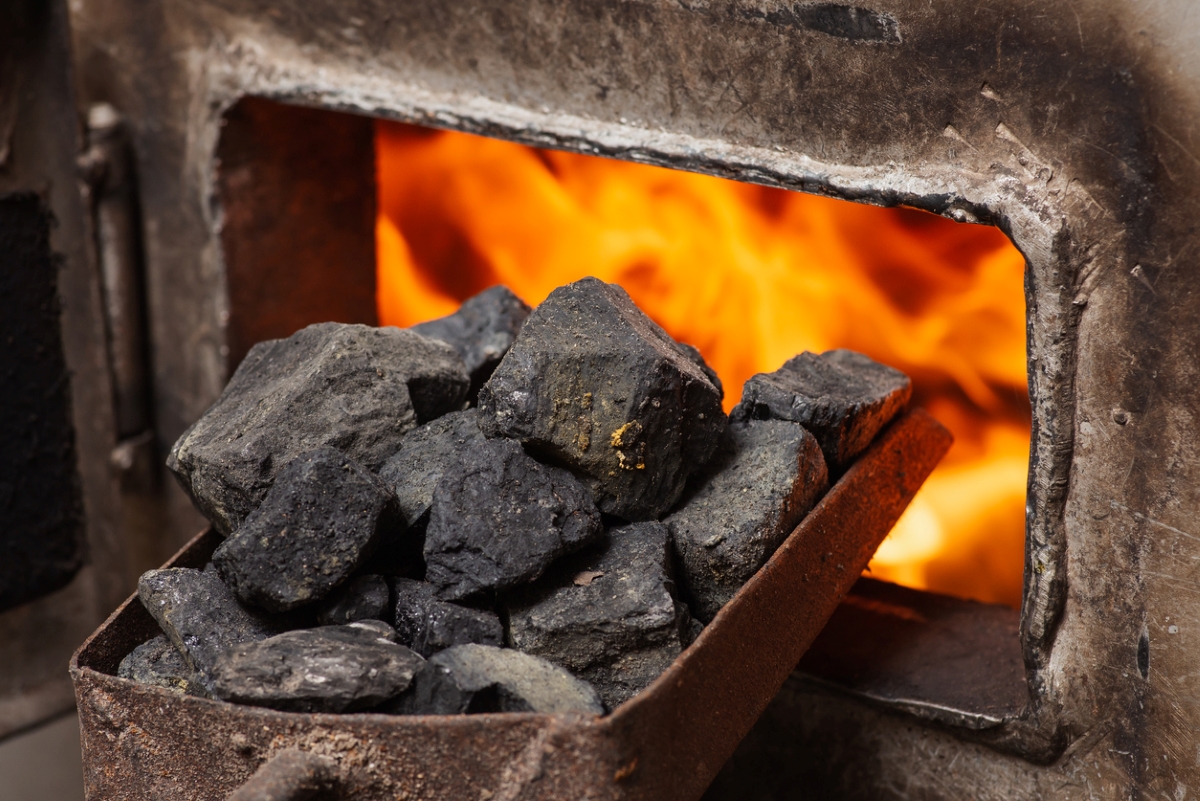
Anyone who’s seen the red-hot glow in the bottom of a charcoal grill knows that charcoal can create a ton of heat. It also produces carbon monoxide, which isn’t as dangerous in the open air as it is indoors. However, if there’s too much draft the charcoal can burn twice as hot as wood, which could damage the chimney or flue. For that reason, charcoal’s best left for summer grilling outdoors.
RELATED: 10 Good Uses for Charcoal Briquettes That Have Nothing to Do With Grilling
Other than wood, what can you burn?
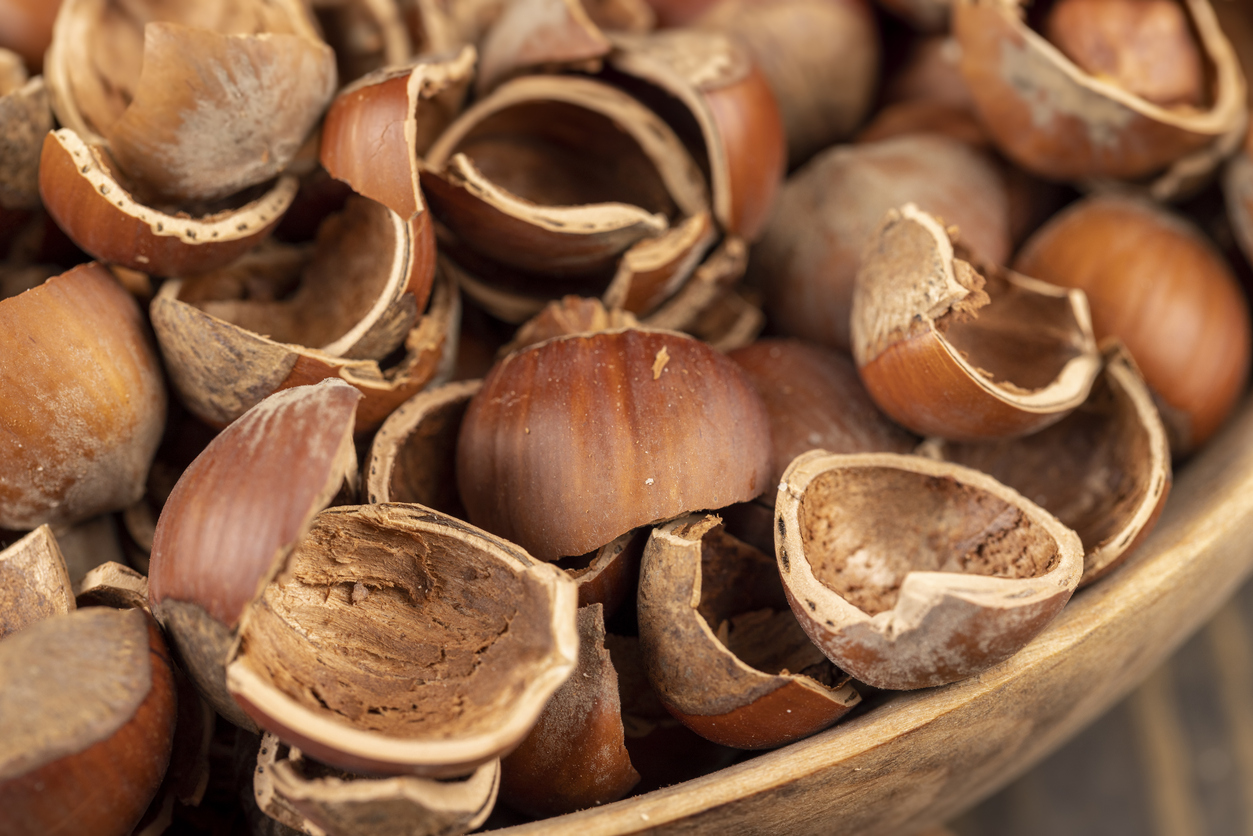
While the fireplace is not the best disposal solution for most household trash, there are a few items you can safely dispose of in the fireplace rather than sending them to the landfill:
- Coffee grounds. Dried coffee grounds make an excellent fire starter.
- Nut shells. Keep peanut, walnut, pecan, almond, and pistachio shells, for example, out of the landfill by burning them in the fireplace.
- Herbs. Did you cut too many sprigs of rosemary for your braise? Toss the extra into the fire to not only dispose of them but also to perfume your home in the pungent scent emitted by the woody herb.
